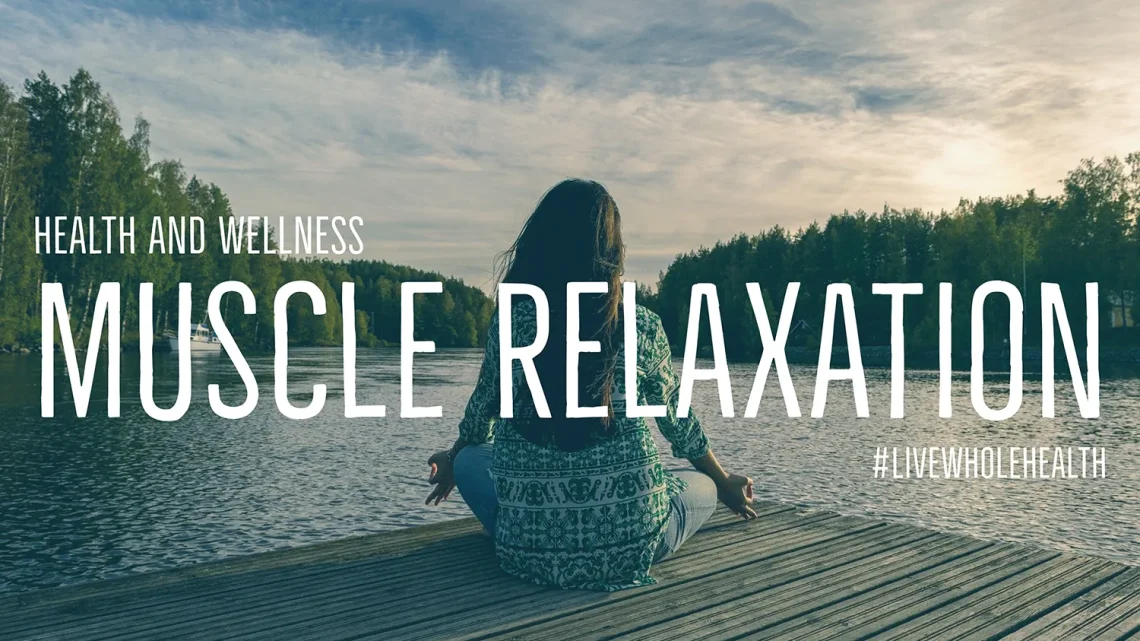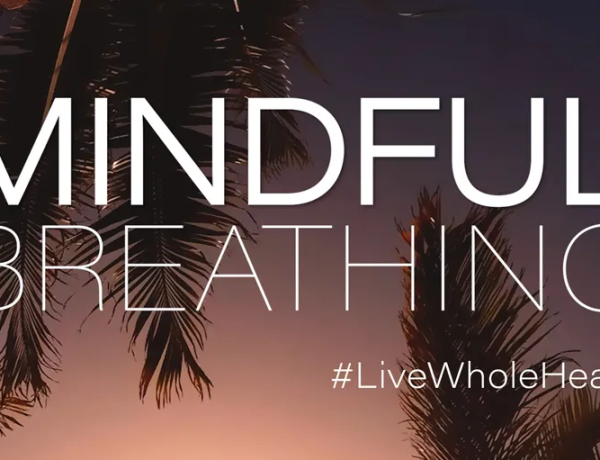Post Views: 10
When people feel anxious, their muscles may get tense and make them feel stiff or sore. Progressive muscle relaxation teaches people to relax their muscles and lower tension. It also helps people learn to identify when they are experiencing stress so they can handle it better.
Steps for Using Progressive Muscle Relaxation
- Be relaxed in a quiet, comfortable place with eyes closed.
- Tense muscle groups, one by one. Use the diagram and instructions below as a guide, starting from the top and moving down the body.
- Forehead: raise your eyebrows
- Eyes: clench your eyelids tightly shut
- Mouth: open your mouth wide to stretch the hinges of jaw
- Neck and shoulders: raise your shoulders to touch your ears
- Chest: tighten by taking a deep breath
- Stomach: suck in your stomach
- Arm: tighten your biceps and “make a muscle”
- Hand: clench your fist
- Buttocks: tighten by squeezing your buttocks together
- Leg: squeeze your thigh muscles
- Lower leg: tighten your calf muscle by pointing toes up
- Foot: curl your toes under
- Hold the tension for 5 seconds for each body part, then release.
- Notice how the muscles feel when you relaxed.
- This should take about 15 minutes to complete, and be practiced twice a day to start.

-
- Forehead: raise your eyebrows
- Eyes: clench your eyelids tightly shut
- Mouth: open your mouth wide to stretch the hinges of jaw
- Neck and shoulders: raise your shoulders to touch your ears.
- Chest: tighten by taking a deep breath
- Arm: tighten your biceps and “make a muscle”
- Hand: clench your fist
- Stomach: suck in your stomach
- Buttocks: tighten by squeezing your buttocks together
- Leg: squeeze your thigh muscles
- Lower leg: tighten your calf muscle by pointing toes up
- Foot: curl your toes under
Mini progressive muscle relaxation (4 minutes)
o Rapid techniques for achieving the relaxation response.
o Often used after mastering other longer techniques
o Can be more easily applied in real-world settings outside the home

